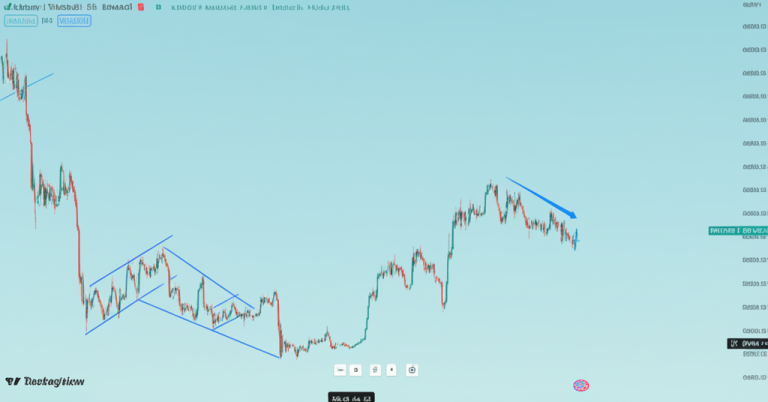Visa’s Strategic Push into Stablecoin Infrastructure: A Deep Dive into BVNK Investment and Market Implications
Visa’s Ambition in Cryptocurrency
In recent months, Visa, a global payment giant, has been making significant moves in the cryptocurrency space. Following its collaboration with Bridge to launch an on-chain to fiat conversion service, Visa has announced its investment in the British fintech company BVNK. These strategic moves reveal traditional financial institutions’ growing interest in stablecoins, transitioning from experimental exploration to capital operations and ecosystem integration, aiming to incorporate cryptocurrencies into the core infrastructure of mainstream payment networks.
BVNK: Bridging Traditional Finance and the Crypto World
BVNK, a startup focused on stablecoin infrastructure, has achieved a business scale of over $12 billion in annual transaction volume. Its core value lies in building a two-way exchange channel between fiat and stablecoins:
– Multi-Chain Support: Compatible with asset settlements on major public chains such as Ethereum and Solana;
– Compliance Framework: Holds an Electronic Money Institution (EMI) license in the EU, with plans to expand into the U.S. market by 2025;
– Enterprise-Level Tools: Provides API interfaces enabling merchants to accept stablecoin payments like USDC and instantly convert them into local fiat currencies.
This investment from Visa Ventures comes as BVNK completes its $50 million Series B funding round, with funds earmarked for accelerating product iteration and global market penetration. Notably, BVNK’s U.S. team is led by former BlockFi executive Amit Cheela, suggesting a potential focus on breaking into the regulated institutional customer market.
Visa’s Dual-Track Strategy: From Protocol to Consumer Scenarios
Just a week before investing in BVNK, Visa announced a partnership with Stripe’s platform Bridge. This collaboration allows developers to issue Visa cards linked to stablecoin balances through a single API. When a user in Colombia makes a purchase, the system automatically deducts USDC and converts it into pesos for settlement with the merchant. This “on-chain asset off-chain” model has dual significance:
These two moves create a complementary structure—BVNK focuses on B-end infrastructure construction, while the Bridge partnership targets C-end application scenarios. This dual-track strategy significantly lowers the barriers for merchants to adopt and for consumers to use the technology.
Data Insights: Why Now?
According to Visa’s internal research data (2024), there were 1.25 billion stablecoin transactions globally, totaling $2.7 trillion. These figures reveal three key trends:
In this context, the combination of “traditional card organizations + compliant crypto service providers” can meet regulatory requirements and quickly acquire incremental users—this is the core logic behind Visa’s decision to heavily invest at this time.
Challenges and Opportunities on the Development Path
Despite the promising outlook, risks cannot be ignored:
– Fragmented Regulatory Issues: BVNK must simultaneously comply with the EU’s MiCA regulations and various state money transmission licenses in the U.S.;
– Technical Risk Management: Bridge must ensure that smart contract vulnerabilities do not lead to significant financial losses;
– Balancing User Experience: Visa must maintain the stability of the existing payment system while integrating blockchain features (such as real-time settlement).
However, opportunities are equally significant—if successful in establishing an interoperable layer between fiat and CBDC/stablecoin, Visa could continue to hold a central position in the clearing network in the era of central bank digital currencies.
Conclusion: Redefining the Boundaries of Payments
When a consumer in São Paulo uses USDC to buy coffee, companies like BVNK are handling the currency conversion, and platforms like Bridge are managing the blockchain liquidity. Ultimately, the familiar Visa logo appears on the POS machine. This “seamless front-end, reconstructed back-end” model may be the ultimate form of fintech evolution—technological innovation should not make users perceive complexity but silently expand the boundaries of possibility. As more capital and technological forces join, we are witnessing a silent yet profound payment revolution.
資料來源:
[1] thepaypers.com
[2] ffnews.com
[3] www.finextra.com
Powered By YOHO AI





